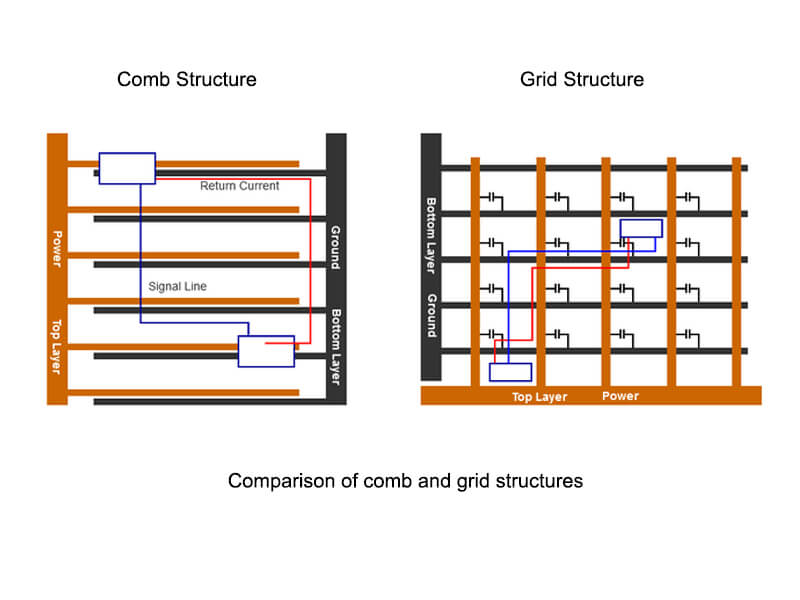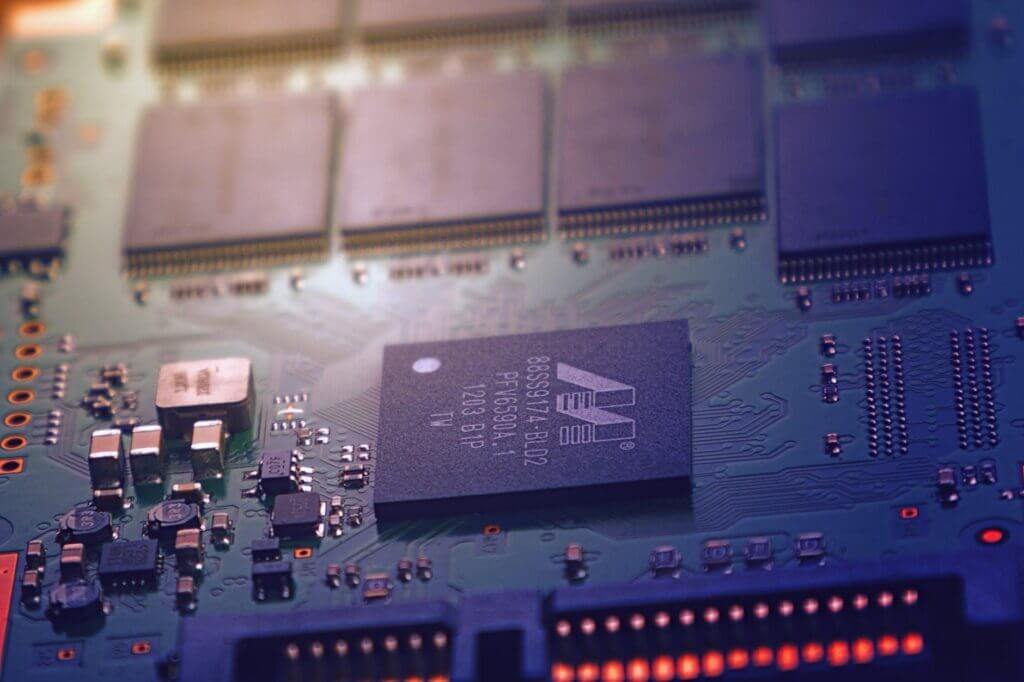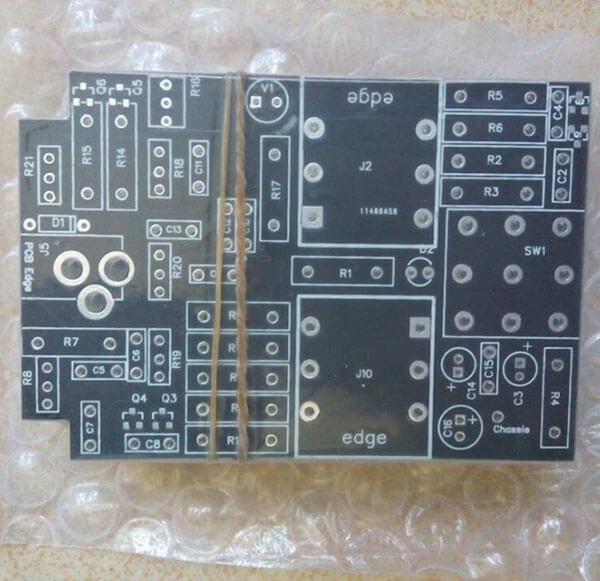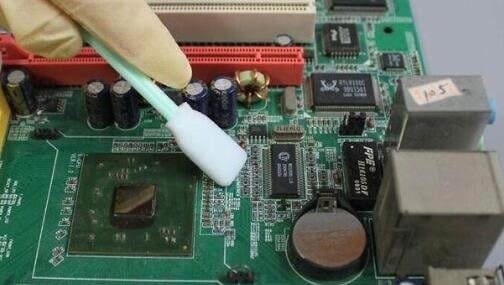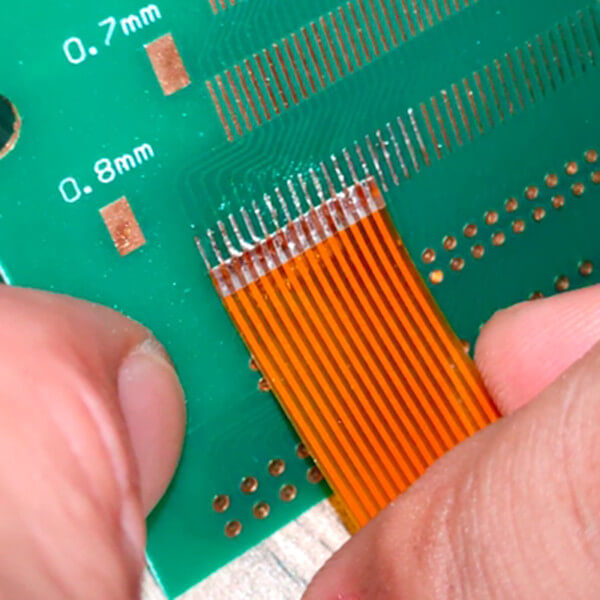Printed Circuit Board Faults
1. Poor Contact
Poor contact between board and slot, broken cable, poor contact between wire plug and terminal, false soldering of components and so on all belong to this category.
The solution to this kind of fault is to carefully check the suspected connector to see if there is obvious oxidation or poor contact, scrape the oxidized metal contact point, adjust the position of the contact point, and test whether the contact is good after treatment.
2. Signal Disturbed
For the digital circuit, in a certain situation, I feel sleepy the fault will appear. It is possible that the control system is affected by too much interference, and the individual component parameters or overall performance parameters of the circuit board are changed, which makes the anti-interference ability tend to the critical point, resulting in failure.
This kind of fault focuses on checking whether the equipment is well grounded, using the test pen to check whether the equipment shell is charged, or using the multimeter to measure whether the equipment shell has a high voltage to the earth, which is generally below 1V, if it is above 10V, it is necessary to doubt whether the grounding is good.
3. Poor Thermal Stability of Components
From a large number of maintenance practice, the first is the poor thermal stability of electrolytic capacitors, followed by other capacitors, triodes, diodes, ICs, resistors, etc.
(1) This kind of fault will appear or disappear with the time of machine start-up. The essence is that the fault changes with the temperature change of a fault component. For example, the failure caused by the aging of electrolytic capacitor usually occurs as soon as it is powered on, and the failure disappears after being powered on for a period of time, that is, there is a failure when the machine is cold, but there is no failure when the machine is hot. Its essence is: the capacitance of aging electrolytic capacitor changes with the temperature, when the temperature is low, the capacity is small, resulting in poor filtering, the circuit board can not work normally, and with the power on time, the temperature of the electrolytic capacitor increases, the capacity increases, the filtering conditions are met, and the fault disappears.
(2) Thermal stability fault belongs to soft fault, so it is not easy to detect and determine the fault component directly during maintenance, but the inspection scope can be reduced by artificially heating or cooling the suspected component. A hair dryer or electric gun can be used to heat the suspected element, and a cotton swab dipped in alcohol can be used to cool the suspected element. The capacitance is easy to distinguish by VI curve test.
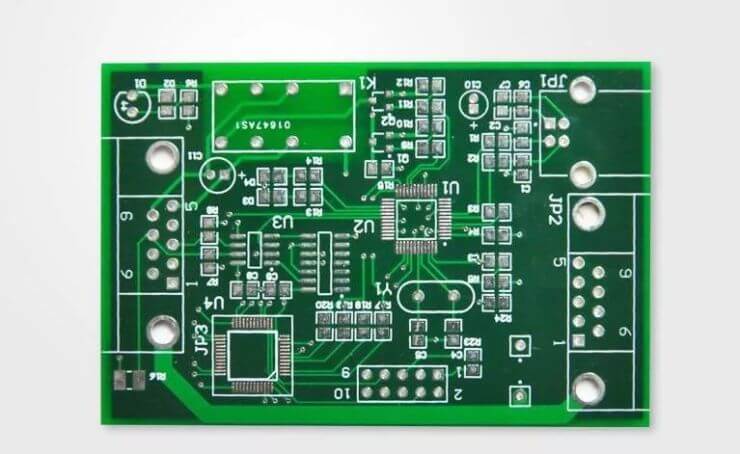
4. Moisture or Dust on The Board
Moisture and dust will conduct electricity and have resistance effect. In the process of thermal expansion and cold contraction, the resistance value will also change. This resistance value will have correlation effect with other components. When the effect is relatively strong, the circuit parameters will be changed and the fault will occur.
This kind of fault can be solved by cleaning the circuit board. It is recommended to use washing water to clean the circuit board, or directly use clean water to clean it, and then use an electric hair dryer to dry it thoroughly. Alcohol is not recommended as it is easy to leave some white matter on the board after cleaning.
5. Software is Also a Consideration
Many parameters in the circuit are adjusted by software, and the margin of some parameters is adjusted too low, which is in the critical range. When the machine’s operating conditions meet the reasons for the software to determine the fault, the alarm will appear. This kind of fault can be solved by adjusting the relevant parameters. For example, if the acceleration and deceleration time of frequency converter is not set properly, over-current and overload alarm may appear during operation; If the CNC processing parameters are not set properly, the processed products may not meet the requirements. In these cases, the first time to doubt the parameter setting problem is to eliminate the possibility of improper parameter setting before suspecting the problem of the equipment itself.

